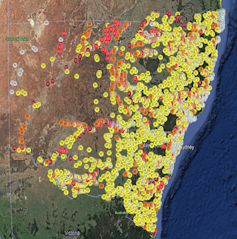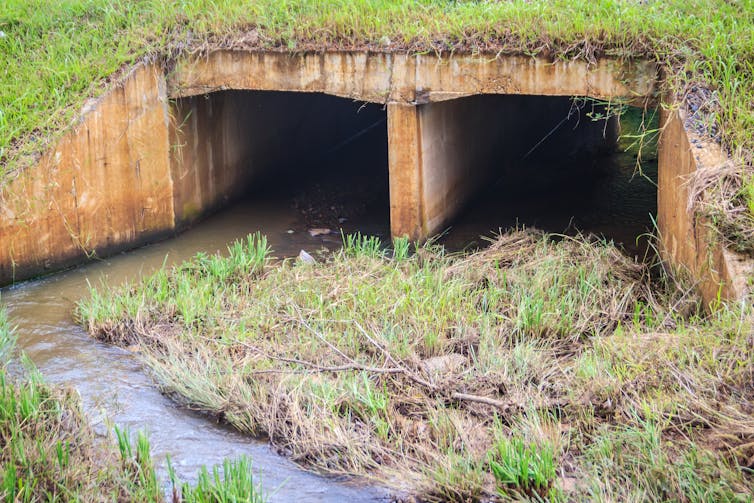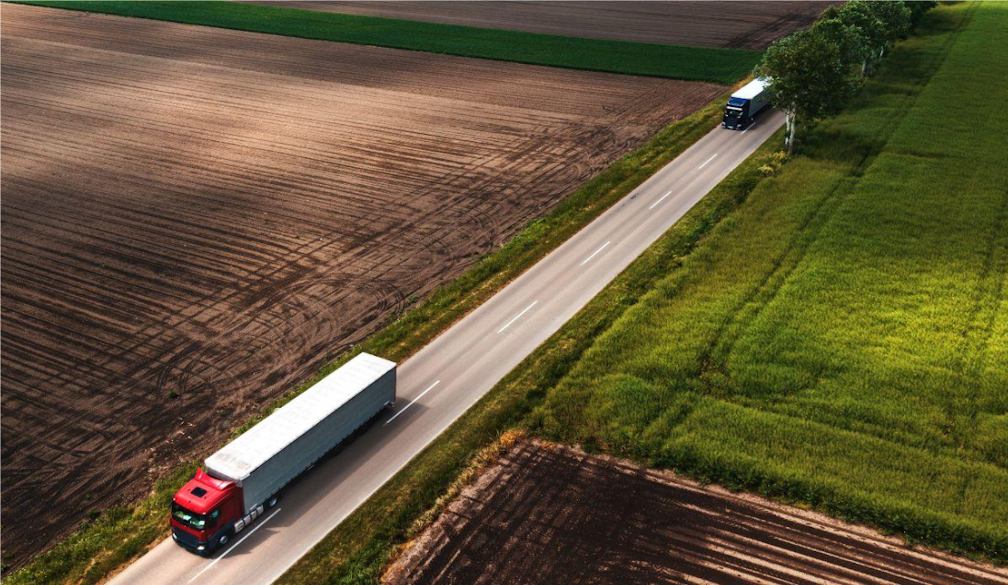How did the fish cross the road? Our invention helps them get to the other side of a culvert
- Written by Jabin Watson, Postdoctoral researcher, The University of Queensland
Fish need to move to find food, escape predators and reach suitable habitat for reproduction. Too often, however, human activities get in the way. Dams, weirs and culverts (the tunnels and drains often found under roads) can create barriers that fragment habitats, isolating fish populations.
An Australian innovation, however, promises to help dwindling fish populations in Australia and worldwide. Our solution, recently described in Ecological Engineering, tackles one of the greatest impediments to fish migration in Australia: culverts.
A culvert crisis in our waterways
Freshwater ecosystems are one of the most heavily impacted by human activities.
Many freshwater species, such as the iconic barramundi, start their life as larvae in estuaries, then as small juveniles they make mammoth upstream migrations to freshwater habitats. In fact, about half of the freshwater fish species in southeast Australia need to migrate as part of their life cycle.
When fish are unable to pass human-made barriers, the decline in populations can be huge. For example, in the Murray-Darling Basin where there are thousands of barriers and flows are highly regulated, fish numbers are estimated to be at only 10% of pre-European numbers.
In New South Wales alone, there are more than 4,000 human-made barriers to fish passage. Over half of these are culverts. Culverts are most often installed to allow roads to cross waterways. They are designed to move water under the road, which they do quite efficiently, but often with no consideration of the requirements of the animals that live there.
When a stream enters a culvert, the flow can be concentrated so much that water flows incredibly fast. So fast, in fact, that small and juvenile fish are unable to swim against the flow and are prevented from reaching where they need to go to eat, reproduce or find safety.
 A map of human-made barriers to fish passage in NSW. Image: Fisheries NSW.
A map of human-made barriers to fish passage in NSW. Image: Fisheries NSW.
Many current design ‘fixes’ come with problems
The problem culverts pose for fish is now well acknowledged by fisheries managers, and as a result efforts to make culverts fish-friendly are now widespread.
Where space allows, these new fish passage solutions can resemble a natural stream, where rocks of various sizes are added to break up the flow. Alternatively, artificial baffles (barriers to break up and slow the flow) are also commonly attached to the walls of the tunnel.
These designs do have some drawbacks. They may suit some fish sizes and species, but not all. They can be expensive to install. They also tend to catch debris, which increases maintenance costs and the risk of flooding upstream during high flow events.
 A box culvert running under a road.
Shutterstock
A box culvert running under a road.
Shutterstock
Using physics to find a new solution
We took a new approach that harnesses a property of fluid mechanics that scientists call the “boundary layer”. When a fluid moves over a solid surface, friction causes the water to slow down next to the surface. This thin layer of slower-moving water is called the boundary layer.
Where two surfaces meet, such as in the corner of a square culvert, the boundary layers of the bed and wall merge. This creates a small area of slower-moving water – the “reduced velocity zone” – right in the corner. This is quite small, but little fish can still use it and are very good at finding it.

We wanted to expand this zone (to accommodate a wider range of fish sizes) and slow the water in it further.
So, we added a third surface, generating three boundary layers that then joined. This was done by adding a square beam running the length of the channel wall, close to the floor. The boundary layers of the floor, wall and bottom surface of the beam merged to create a reduced velocity channel along the side of the main flow.
In this GIF to the right hand side, the reduced velocity zone is revealed by adding a fluorescent dye, which lingers in the slower flowing water under the square beam we added to the channel.
Testing our design in a 12 metre channel (or flume) found that water velocity in the zone below the beam was slowed by up to 30%. For small fish, this is a huge reduction.

In tests, we focused on small-bodied species, or juveniles of larger growing species, because these are considered the weakest swimming size class and most vulnerable to high water velocities created within culverts. Every species tested saw significant improvements in their ability to swim and traverse up the channel.
All of the species benefited, regardless of their body shape or swimming style.
The GIF on the right hand side here shows a juvenile Murray cod swimming upstream using the reduced velocity zone we created by adding the beam.
Creating a slower-flowing zone
Our novel fish passage design is highly effective, yet very simple. It’s a square beam installed along the length of a culvert wall, so it’s easy to incorporate into new structures and cheap to retrofit into existing culverts.
It is also much less likely to trap debris than baffles or rocks embedded in the floor of a culvert.
This is a totally new approach that has the potential for widespread application, helping to restore the connectivity of freshwater fish populations here in Australia, and overseas.
 A Crimson-spotted rainbowfish navigates the fast flow by swimming under the beam we added to channel.
Harriet Goodrich, Author provided
A Crimson-spotted rainbowfish navigates the fast flow by swimming under the beam we added to channel.
Harriet Goodrich, Author provided
 You can see the beam more clearly here. A Crimson-spotted rainbowfish swims under the beam we added to slow the water flow in that area.
Harriet Goodrich, Author provided
You can see the beam more clearly here. A Crimson-spotted rainbowfish swims under the beam we added to slow the water flow in that area.
Harriet Goodrich, Author provided
More research lies ahead. We’re hoping that by optimising the dimensions of the beam we can get even more fish through the channels, with even greater ease. We’re also planning field testing to check our laboratory findings work in the real world.
Freshwater biodiversity is greatest in the tropics. Here, developing countries are having drastic impacts on their freshwater ecosystems. The simplicity of this design may make it an affordable approach to help maintain and restore habitat connectivity in developing regions.
Matthew Gordos from NSW Fisheries contributed to this article.
Authors: Jabin Watson, Postdoctoral researcher, The University of Queensland



















